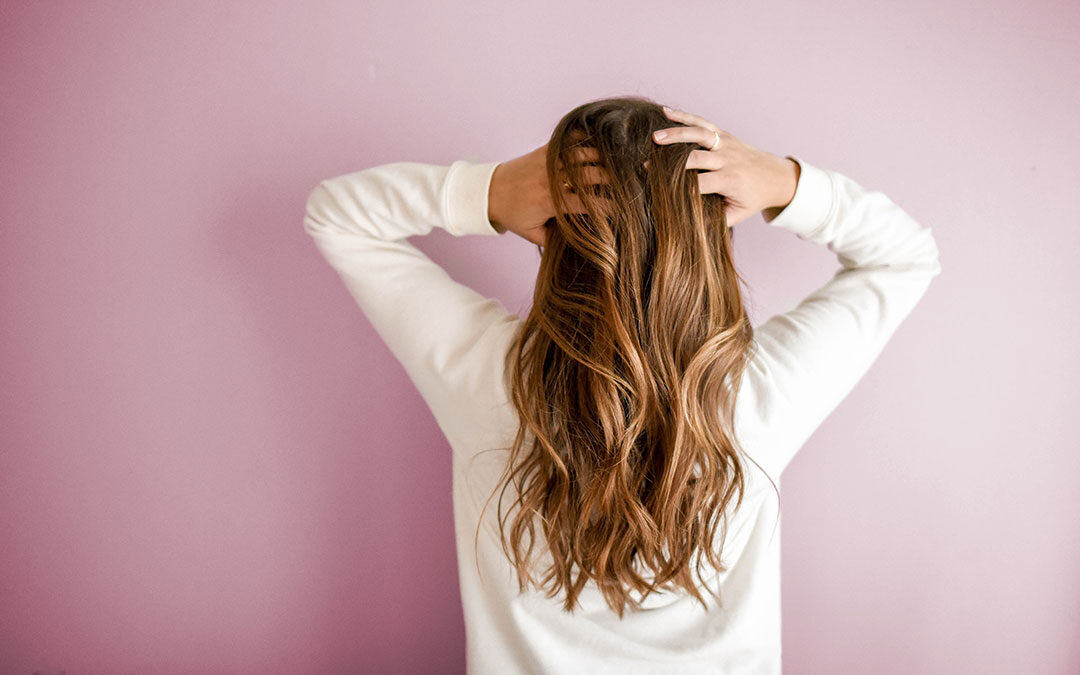Did you get the chance to plan your treatments for this year?
Here, I will keep you updated with the latest information available in the clinic following the triangle of youth. So here we go with the hair…
Since, I’ve began my practice in London, PRP is still one of the most popular treatments next to Botox and Fillers according to the research in 2021. However, it’s use has been lately widened to also treat the Hair-loss.
What’s PRP?
Platelet Rich Plasma as the full name suggests is the yellow coloured part of blood after centrifugation, containing: Platelets – blood cells responsible for healing in our bodies, Vitamins and Minerals.
How does PRP work?
Inserting a needle into the scalp skin a small injury is created which the platelets are designed by nature to repair. At the same time by injecting a small amount of plasma containing platelets on a hair follicle growth level growth hormones are released to build up new hair follicle cells producing new hair.
PRP for hair growth?
In London PRP is more often used for hair growth and after hair transplantation to keep stimulating the cells to grow new hair. The PRP treatment will be done every four weeks minimum three times and one reminder treatment after half a year. To ensure the desired results from only three treatments every four weeks you should have a full understanding of the importance of well nourished and healthy cells.
PRP for the face can be injected every 6 weeks until the desired results are achieved.
When PRP doesn’t work?
Stimulation of the cells by PRP will not be effective if the cell is old (age) and weak (stress, toxins, medicationes) and has no energy to work (ATP).
Therefore I advise a strict Vitamin supplementation, for best results implemented minimum one month before treatment, during, and continuously after the treatment. Gentle or sometimes radical lifestyle changes to limit the stress levels and toxin intake will benefit synergistically the Vitamin supplementation.
If the advice of supplementation and lifestyle is followed, the results can be clearly visible during the third month following the first PRP treatment.
One does not work without another. PRP is a natural treatment and works only in synergy with the support of nature.The treatment can be however enhanced by adding Growth Hormones derived from humans or plants but without your commitment on a mental and physical plane the chances are small to regrow the hair.
Where can PRP be injected?
In London PRP can be injected in any part of the body if only performed by a specialist in a particular area. And so, PRP for hair and skin will be best done by a medical aesthetics professional. PRP for joints and muscle is best done by a Sport Medicine Physician and finally O – shot or P – shot should be done by a Gynaecologist as well as PRP for gum disease by a dentist.
Is PRP painful?
The PRP does not belong to pleasurable treatments. You have to consider the sensation of the needle in the skin and gentle tingling under it after injection. Plasma contains living organisms – the platelets (as explained before) – so it can not be combined together with a numbing agent that is highly acidic like Lignocain. It might just kill or weaken them.
The best results are achieved by doing the treatment using just an ice block to numb the skin before injection.
Who can perform PRP injections?
Platelet Rich Plasma treatment performed professionally and effectively requires serious injectable skills, deep human physiology knowledge, and experience, therefore it should be performed only by healthcare professionals.
Can PRP cause cancer?
PRP is safe and effective treatment and while there is no medical evidence that it is cancerogenic it is not advised for individuals with any systemic or metabolic disorders including medical history of cancer.
Was that information helpful? Check the London January offers and let me know if you have questions.
